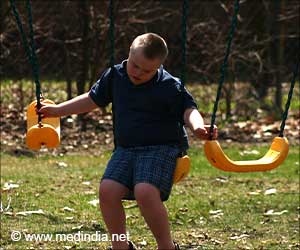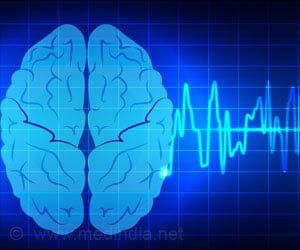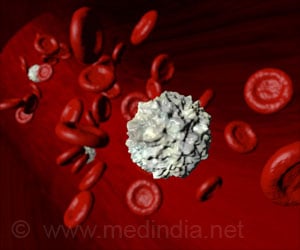What to expect when a broken bone is healing? Researchers have created an artificial intelligence (AI) model to forecast how thigh bone fractures would heal.

Artificial Intelligence Displays the Outcome of Fracture Healing
Using such precision models can reduce the healing time, and lighten the economic burden and pain for patients who need thigh fracture treatment.TOP INSIGHT
The artificial intelligence-based simulation model can potentially help a surgeon choose the right technique before a fracture-treatment surgery.
The research team has used a combination of Finite Element Analysis and the AI tool, Fuzzy Logic to understand the healing process of fracture after various treatment methods. Various bone-growth parameters were used along with a rule-based simulation scheme for this purpose.
The study further examined the influence of different screw fixation mechanisms to compare the fracture healing efficacies of each process. The predictions of healing made by the model agreed well with experimental observations, pointing to its reliability.
IIT Guwahati’s AI-based simulation model can potentially help a surgeon choose the right implant or technique before a fracture-treatment surgery. In addition to various biological and patient-specific parameters, the model can also account for different clinical phenomena, such as smoking, diabetes, etc.
How Does it Feel When a Broken Bone is Healing?
The model can also be adapted for veterinary fractures which are, physiologically and in various aspects,like those occurring in human patients. Researchers plan to develop a software/app based on the algorithm that can be used in hospitals and other healthcare institutions as part of their fracture treatment protocols.The team is presently collaborating with a team of orthopaedists from the North Eastern Indira Gandhi Regional Institute of Health and Medical Sciences Hospital, Shillong, for animal studies to validate and fine-tune certain parameters.
An estimated 2 lakh hip fractures occur every year in India alone, most of which require hospitalization and trauma care. Treatment for hip fractures traditionally includes bone plates and rods to bridge the fracture site and promote bone healing.
This research will help increase the accuracy rate in decision-making in orthopedics, thereby reducing the cost and disease burden associated with fracture recovery.
Source-Medindia
 MEDINDIA
MEDINDIA




 Email
Email









